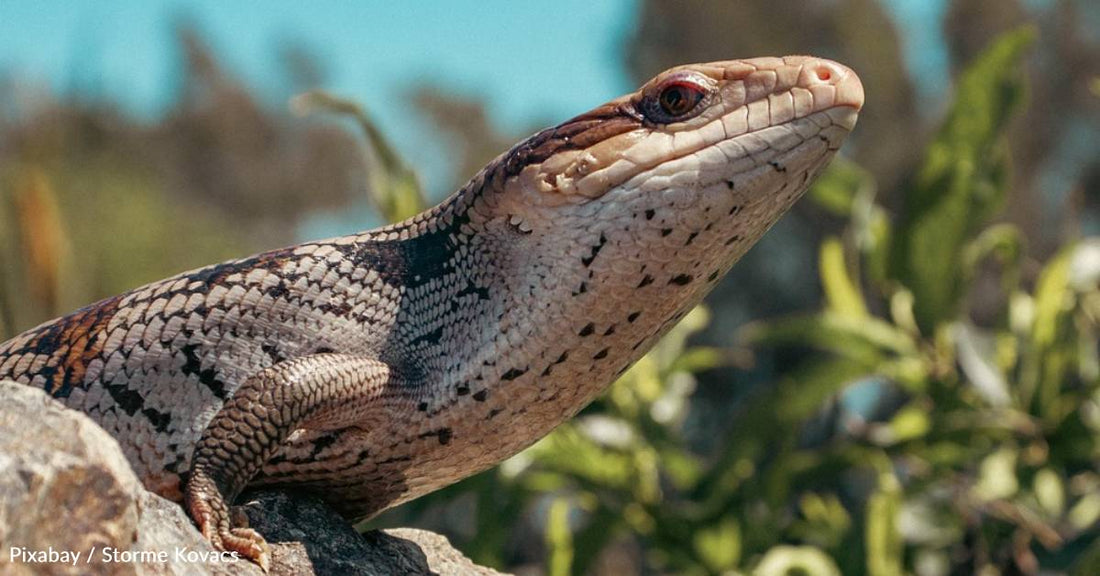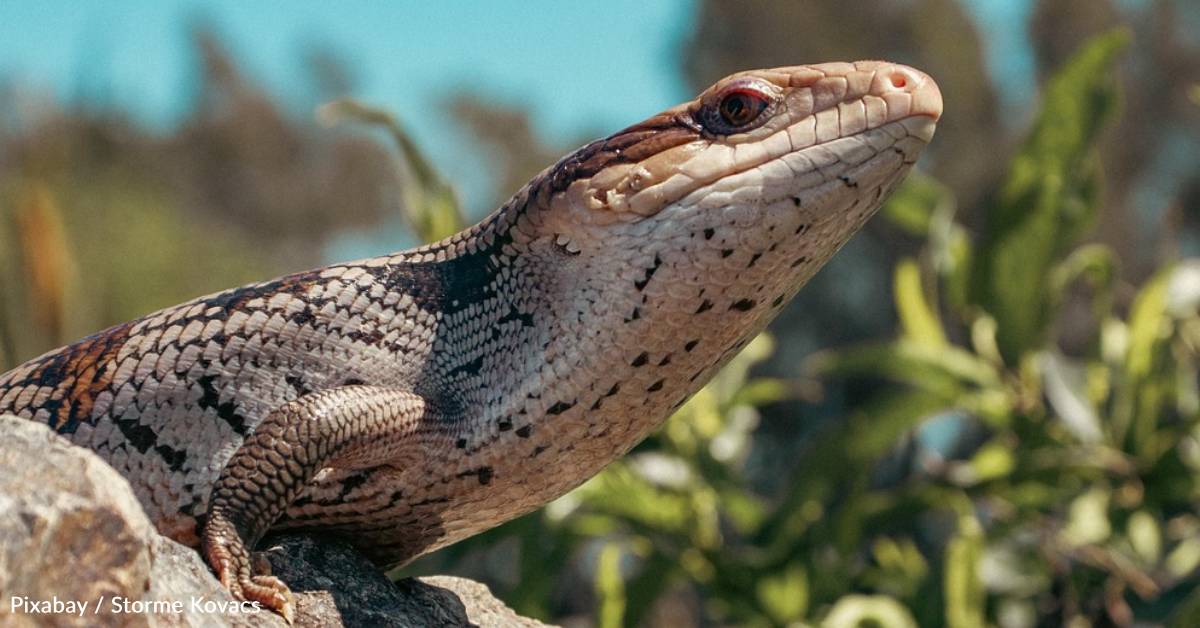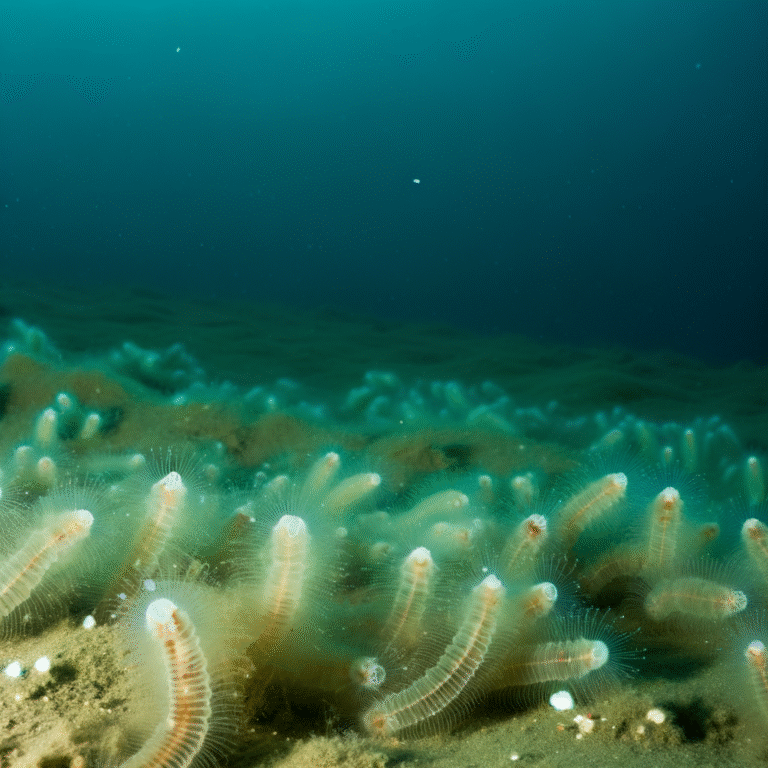Michelle Milliken

Elapids – front-fanged, venomous snakes – are common in Australia, with dozens of the species slithering across the landscape. When these snakes strike, they usually deliver neurotoxins that bind to their target’s muscles, paralyzing and then ultimately killing them. For some smaller lizards in Australia, though, the snakes will have to try a lot harder.
Researchers at the University of Queensland recently studied the neurotoxin resistance methods of Australian skinks. There are hundreds of skink species in Australia, which have had to adapt after the arrival of elapids. According to the researchers’ findings, published in the International Journal of Molecular Sciences, those adaptations have included 25 different ways of resisting the neurotoxins in snake venom.

The team uncovered these resistance methods by focusing on a muscle receptor called the nicotinic acetylcholine receptor, which can prevent neurotoxins from binding to muscles, staving off the deadly effects of venom. The researchers also compared them to venom resistance in other animals, finding that, for some, the method was similar to how mongoose resist cobra venom and how the honey badger is also unfazed by a cobra bite.
Bryan Fry, study co-author and professor in UQ’s School of the Environment, says, “It’s a testament to the massive evolutionary pressure that venomous snakes exerted after their arrival and spread across the Australian continent, when they would have feasted on the defenseless lizards of the day…
“To see this same type of resistance evolve in a lizard and a mammal is quite remarkable – evolution keeps hitting the same molecular bullseye.”

Among the muscle receptor responses were adding sugar molecules to block neurotoxins, as well as the substitution of an amino acid, about which first author Dr. Uthpala Chandrasekara says, “It’s fascinating to think that one tiny change in a protein can mean the difference between life and death when facing a highly venomous predator.”
While the study provides important insight into the way certain animals have evolved to resist venom, research like this also helps lay the groundwork for treatments for snake bites in humans.
You can read the whole study here.












